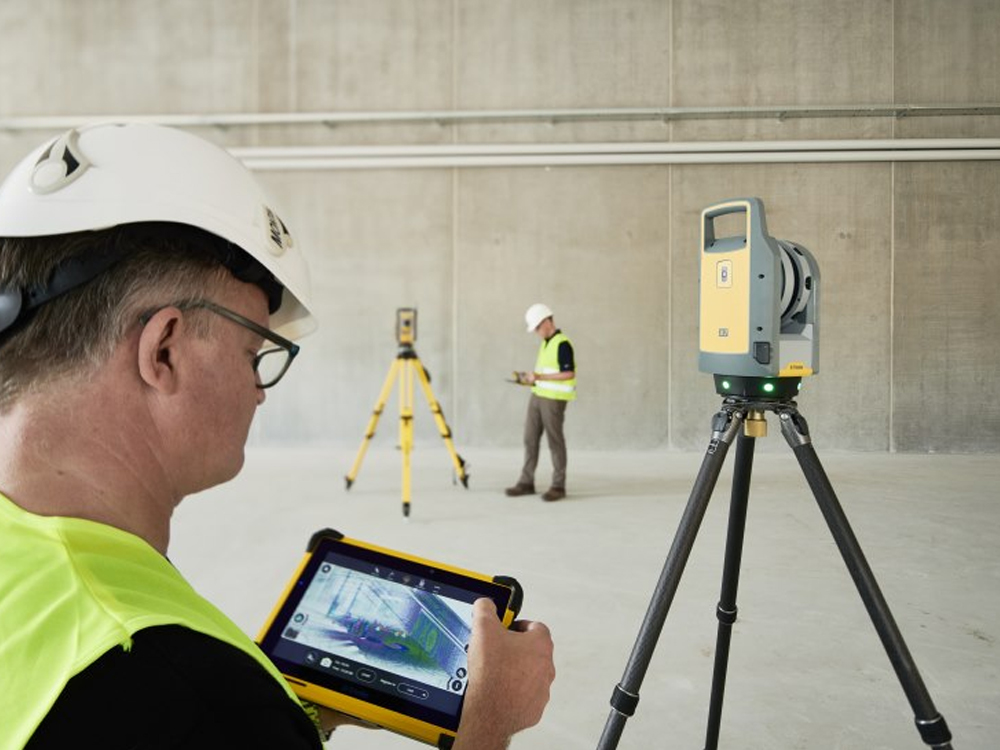

MEP Scanning – Uses & Technical Details
What is MEP Scanning?
MEP scanning is a non-destructive detection method used to locate and map mechanical, electrical, and plumbing systems embedded in or behind walls, floors, ceilings, and concrete structures. The goal is to prevent damage during drilling, cutting, coring, or renovation by identifying live electrical lines, water pipes, gas lines, HVAC ducts, and more.
MEP scanning is commonly performed using:
Primary Uses of MEP Scanning
1. Pre-Drilling and Cutting Safety
Before drilling or coring into floors, walls, or ceilings, MEP scanning is used to detect embedded conduits, wires, and pipes to avoid damage, injury, or service disruption.
2. Renovation and Remodeling
In renovation or retrofitting projects, scanning ensures existing MEP systems are accurately located, so new installations don’t conflict with or damage existing utilities.
3. As-Built Documentation
Construction often diverges from plans. MEP scanning helps produce as-built records of system layout for BIM updates, facility management, or future construction.
4. Leak Detection and Fault Investigation
Thermal scanning and GPR can help locate leaks in pipes, damaged conduits, or short circuits without dismantling walls or floors.
5. System Mapping in Old or Unmarked Buildings
In buildings where original drawings are unavailable or outdated, MEP scanning helps map and verify utilities before any alteration or drilling begins.
© 2025 Rukn Alabtal Design By: sialweb